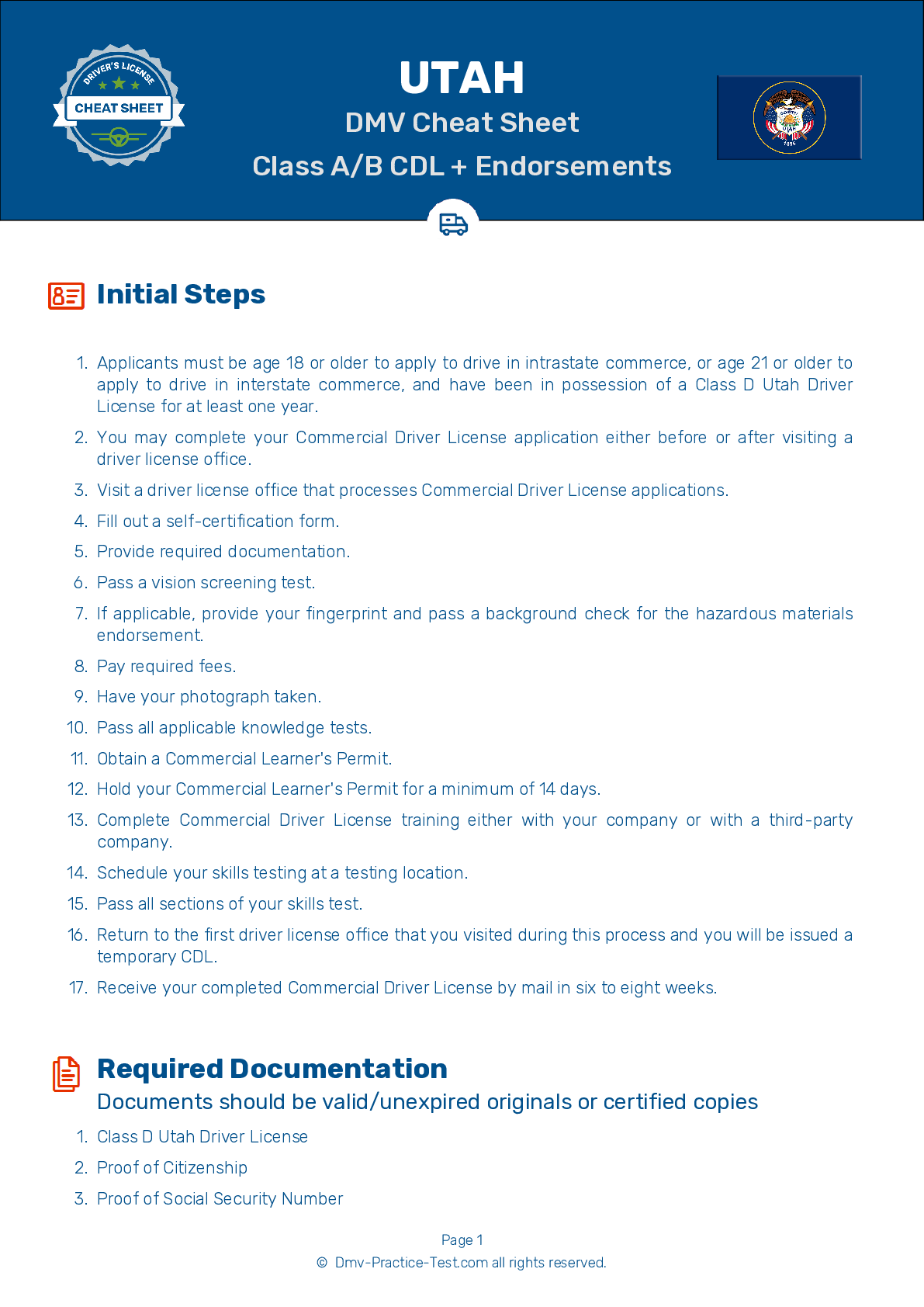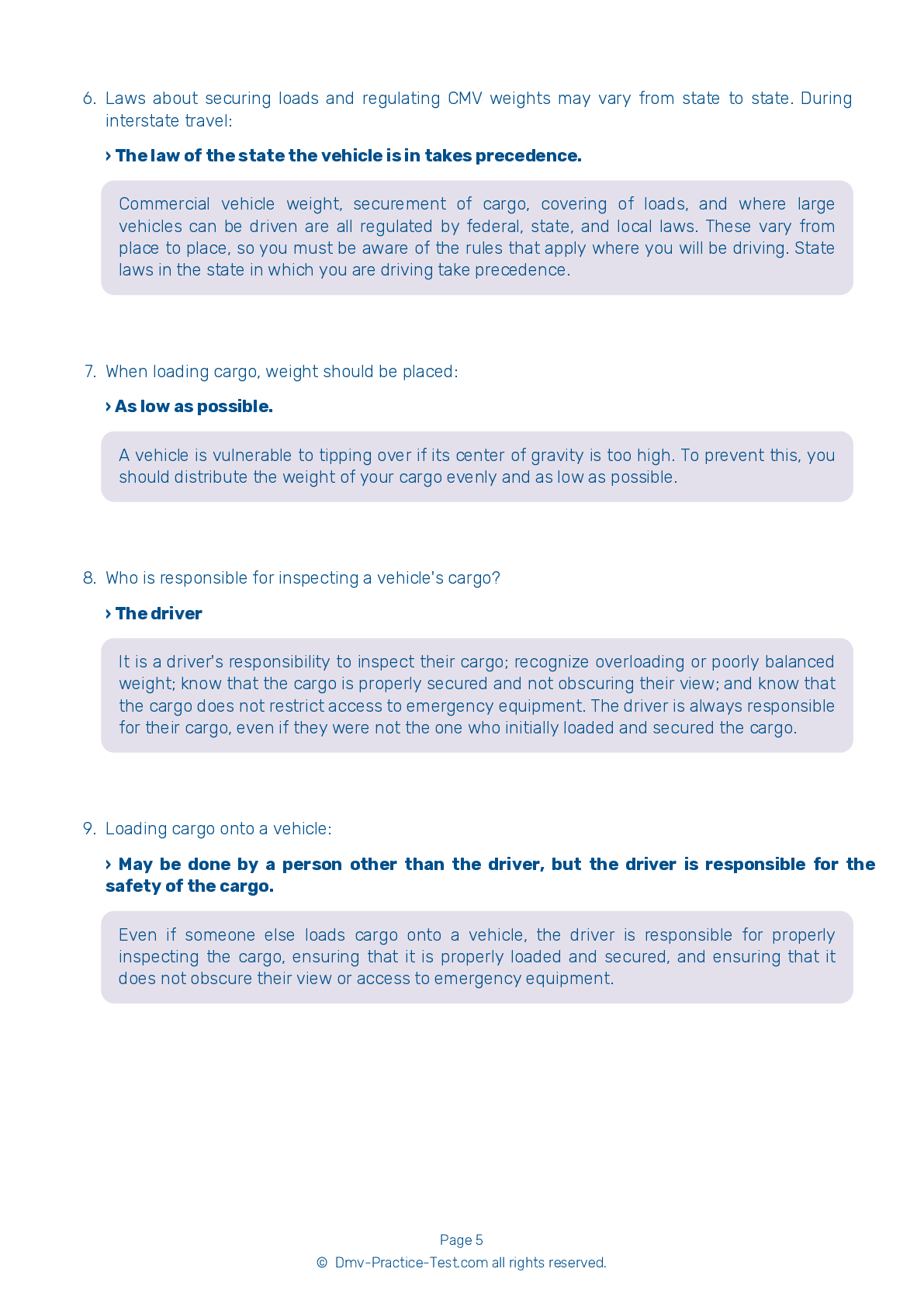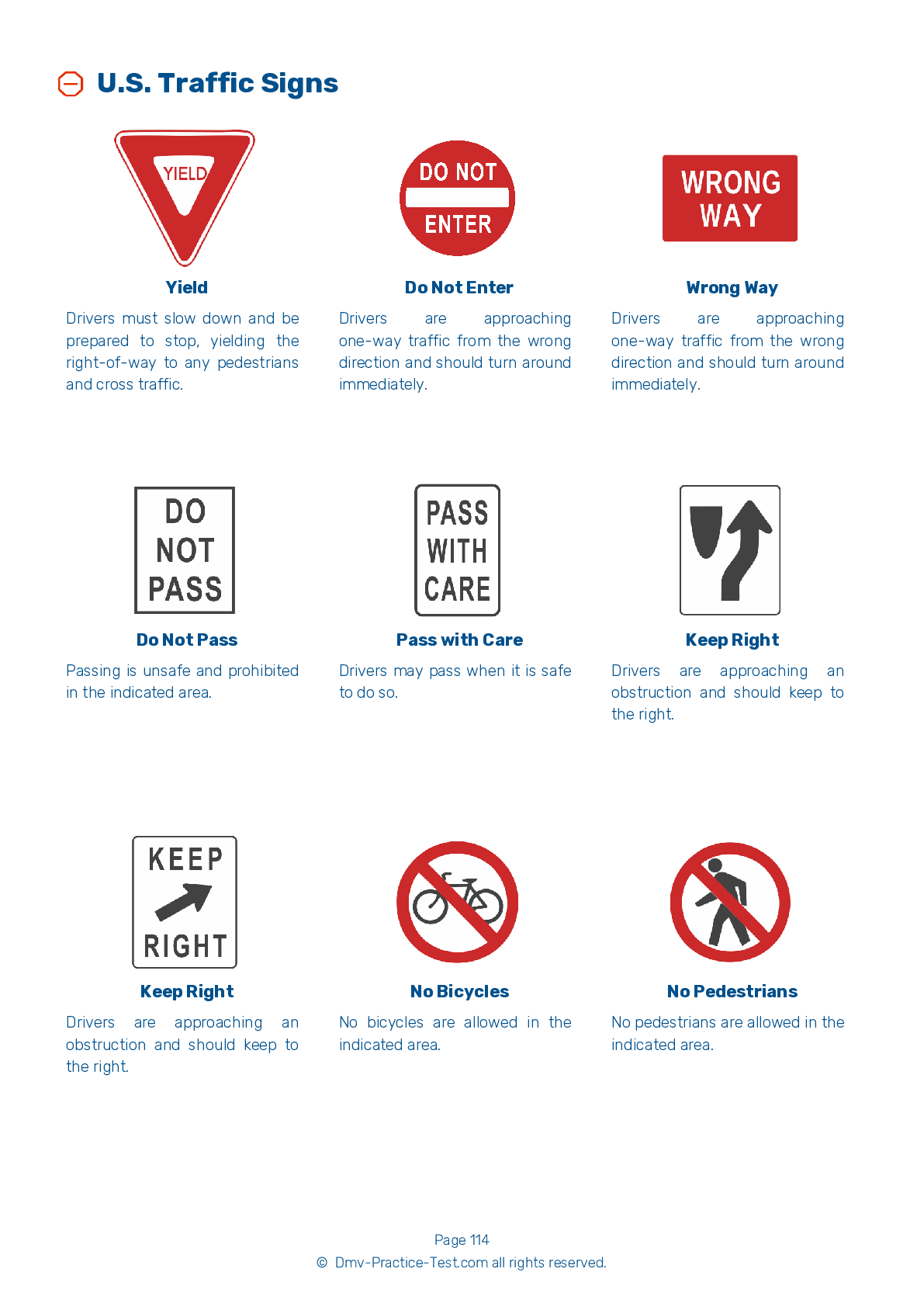Class B Driving Test | Utah 2025 #2 Page 6 of 7
Train for FREE online with our Utah class B license test. The official exam test consists of several obligatory parts, with all of them checking your knowledge of different blocks of road rules. If you need to obtain a UT CDL class B permit in 2025, practice as much as possible. Free sample tests published on our website will help you check and improve your knowledge and boost your grades. Please bear in mind that CDL class B requirements may vary from state to state.
36 . Which of the following is acceptable?
When inspecting a vehicle, you should ensure that dual tires do not come into contact with each other or with other parts of the vehicle. Tire sizes should not be mismatched, and tires should not be cut or damaged in any way. Regrooved, recapped, or retreaded tires are not permitted to be used on the front wheels of a bus.
37 . A one-way check valve:
A one-way check valve is required to be between an air compressor and the first main reservoir. This valve prevents air from escaping the system if the air compressor develops a leak.
38 . The most important reason to inspect your vehicle before a trip is:
The most important reason to inspect your vehicle before a trip is to ensure the safety of yourself and others on the road. Safety inspections before every trip are required by state and federal laws.
39 . Which of the following is not required safety equipment?
All commercial motor vehicles are required to be equipped with the proper emergency equipment. This may include spare electrical fuses; three red reflective triangles, six fuses, or three liquid burning flares; and at least one properly charged and rated fire extinguisher.
40 . A rear tire with a tread depth of 1/32 an inch is acceptable.
Tires need to have at least 4/32 of an inch of tread depth in every major groove on the front tires, and at least 2/32 of an inch of tread depth on other tires.
41 . Which of the following is not an example of a distracted person that motorists should be worried about?
Drivers who are holding conversations with others may not be paying full attention to the road and may make unsafe moves. Children do not always pay attention to traffic and may dart into the road without looking. Exercise caution when driving near road workers. This helps to keep the workers and other distracted drivers safe.
42 . Noting the engine speed is one way to determine when to upshift.
There are two indicators that determine when you need to shift into a higher gear. One indicator is the engine speed (rpm). You should read your vehicle's manual to learn its rpm range and shift up when you reach the top of that range. The other indicator is road speed (mph). You should learn which speeds each gear can accommodate, then keep an eye on the speedometer and shift up as needed.
See the exact questions that will be on the 2025 Utah DMV exam.
99.2% of people who use the cheat sheet pass the FIRST TIME
Lillian MCcranie explains how our CDL study guide was helpful in passing the exam and recommends it to everyone.
Cameron tells us how he purchased the CDL exam, and found it to be a useful tool which helped him pass the exam and find a job.



